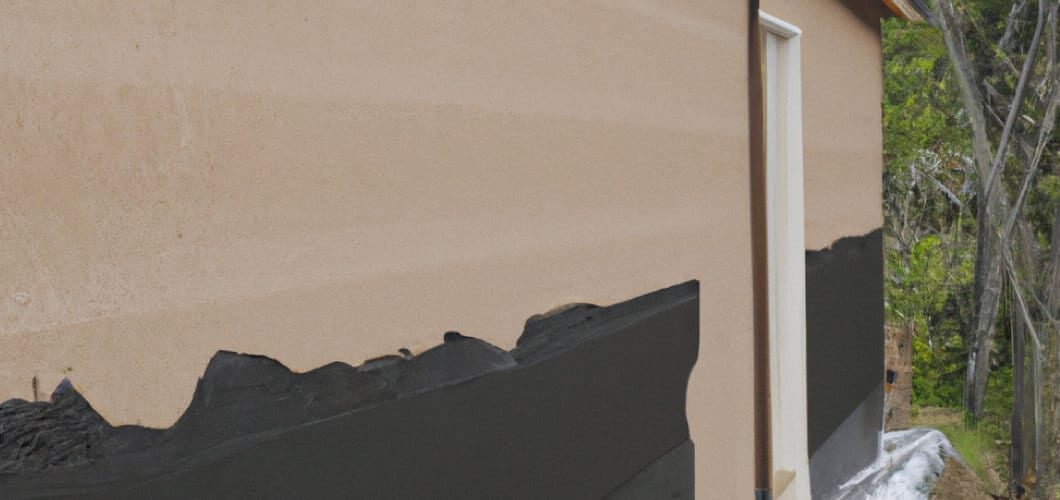Bungalow waterproofing for exterior walls

In contrast to semi-D and terrace homes, bungalows feature more outside walls that are subject to deterioration. As a result, bungalows are more prone to endure rain or water seepage from the outer wall into the inner rooms, a frequent design flaw that many homeowners have to deal with.
Despite how frequent water leakage issues are, fixing them may be a real hassle. Moreover, structural integrity is compromised by water damage, which also transforms the inside walls of your home or structure into a haven for humidity-loving mould and germs.
Prevention is preferable to treatment. Consequently, the best option to deal with or stop further infiltration or damage brought on by weathering is to waterproof the bungalow’s outer walls.
Methods for Waterproofing Bungalow External Wall
There are several waterproofing products on the market, all with unique marketing strategies and value propositions.
- Cementitious waterproofing – one of the few popular method for its low cost using cement mixture applying it to the wall surface.
- Liquid membrane waterproofing – apply a thick liquid coating to the wall surface. Usually ideal for flat roofs and walls as the cost is higher and takes time to apply on vertical surface. However, it can withstand extreme temperatures and UV exposure hence higher durability and comes with variety of colours.
- Bitumen waterproofing – this method involves bitumen based material applied to the wall. Suitable for masonry and concrete walls that have high resistance against water penetration.
- Polyurethan waterproofing – using PU based material applied to the wall. Have good resistance against water penetration and UV exposure.

The Advantages of Waterproofing Bungalow's External Wall
1. Exterior wall waterproofing helps stop the formation of mould and algae.
When it rains, the high humidity outside the structure might leak inside the house through the outside walls, resulting in wetness within. Another issue with many homes is the moisture, which frequently leads to paint flaking (both indoors and out), water leaks, and unattractive mould growth on the walls. The building’s aesthetics are ruined by these mould spots, and over time, the residents may have health problems.
2. Outside wall waterproofing can preserve a building’s visual integrity.
A hydrophobic covering layered between your outside walls will assist the structure reject water and speed up the drying process. The water-repellent coating also prevents dust and contaminated water from adhering to the walls while taking air pollution and other environmental concerns into account. This implies that you may avoid having the aesthetic value of your property diminished by outside wall paints fading.

When is Waterproofing Your Bungalow's External Wall Required?
The greatest time to waterproof an outside wall is when it is being built, but if your bungalow is much older and waterproofing was not considered, now is the time to give it a try.
The wall should ideally be waterproofed before residents move in, or when the outer walls are still brand-new and free of hairline cracks. Alternately, you can protect the outer walls of the bungalow whenever it is suitable for you.
Contact Us
Chemind Industries Malaysia supplies waterproofing products and offering waterproofing services with its authorized applicators to solve all sort of water leakages and specialize in balcony, reinforced concrete, flat roof leakages. Contact us for free quotation and consultation for your projects.
